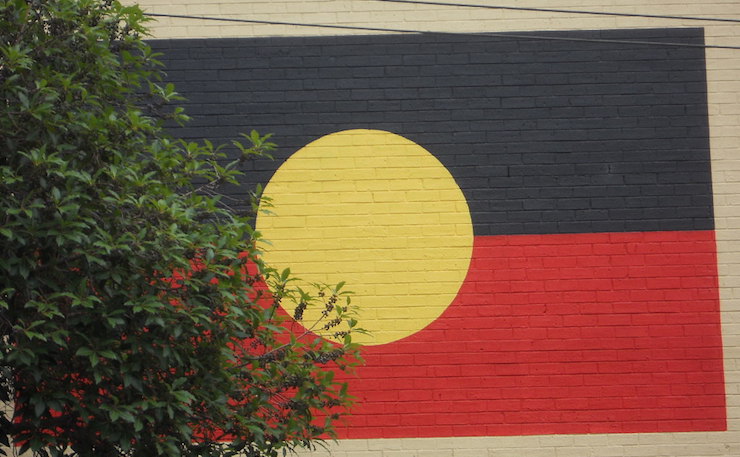Even when the event runs smoothly, significant numbers of Indigenous Australians are left out of the process. The resulting data gap helps reinforce those in health, education, and employment, writes Kaitlyn Krahe.
Yesterday, many Australians attempted to take part in the largest collection of statistical information conducted by the Australian Bureau of Statistics. The Census of Population and Housing has a long and well established history in Australia, with the inaugural Census undertaken more than a century ago in 1911. By collecting data about key characteristics such as marital status, geographical location and education level, the Census is widely regarded as a means to provide a current and accurate snapshot of Australian people and the environments in which they reside.
In conjunction with providing an idea of how Australians have changed over time, the Census aims to facilitate planning for the future. Information obtained during the Census is utilised to collate a database of estimates for key areas such as population count and life expectancy.
Census data is also used to help identify and examine socioeconomic inequalities which exist within the Australian community and subsequently inform decisions about the distribution of funding and allocation of resources for government programs and community services. Conducting the Census every five years in longitudinal fashion also provides a unique opportunity to objectively gauge the success, or otherwise, of policies and programs which are implemented with the aim of attenuating inequalities which exist within Australian society.
Of particular concern is the progress of formal efforts which have been developed and implemented to “Close the Gap” between the health status of Indigenous and non-Indigenous Australians. Spurred by a national public awareness campaign in 2008, the Council of Australian Governments (COAG) officially pledged their commitment to eradicate these discrepancies within a generation.
Yet almost a decade since this agreement, vast inequalities persist. In Australia, Indigenous males can expect to live approximately eleven years less than non-Indigenous males, while non-Indigenous females have a life expectancy at birth that exceeds that of Indigenous females by approximately nine years. Australian Indigenous people are also disproportionately affected by higher incidences of chronic, systemic conditions such as cardiovascular disease across the lifespan.
Despite the ambition of this year’s Census in aiming to account for an approximate 24 million people – the greatest number of Australians ever recorded in a Census count – the ABS and the Australian Institute of Health and Welfare have acknowledged that previous Census data pertaining the lives and dwellings of Indigenous Australians is incomplete.
Factors such as the rural and remote geographical areas in which an estimated 142,000 Indigenous Australians live have been posited as a barrier to the collection of reliable data by the ABS as part of the Census. Individuals who are geographically isolated tend to be disproportionately affected by poorer health status as a result of unique, environment-specific factors such as increased distance to adequate health infrastructure and isolation from the social and economic mainstreams.
As such, the ramifications of generalising collected data which pertains to metropolitan-dwelling Indigenous people to those who live in rural and remote areas within Australia has likely led to a statistical underestimation of the severity of the health status disparities between Indigenous and non-Indigenous Australians.
Participation in the Census isn’t optional. In fact, attempting to bypass the count can attract hefty fines of up to $180 per day. Yet the 2011 Census fell short in its representation of Indigenous Australians, who were disproportionately represented in the post-Census undercount, which reached almost 17 per cent in some parts of Australia. As grim as the magnitude of inequality existing between Indigenous and non-Indigenous Australian may be, the issue cannot be effectively addressed if we aren’t fully aware of its severity.
Widening the geographical scope of Census data collection to include all rural and remote Indigenous communities within Australia is one small but necessary step which needs to be undertaken to meet the COAG pledge to “Close the Gap” within this lifetime.
Put simply, those who aren’t counted in the Census won’t be accounted for. Their needs will not be accurately represented nor appropriately catered for in the subsequent programs and policies which are supposed to be devised and implemented within a needs-based framework to address them. Achieving data equality is a primordial step in creating a reliable baseline to ensure the appropriateness of current and future “Close the Gap” initiatives and to continually measure their progress as a vehicle towards equality for all Australians.
Donate To New Matilda
New Matilda is a small, independent media outlet. We survive through reader contributions, and never losing a lawsuit. If you got something from this article, giving something back helps us to continue speaking truth to power. Every little bit counts.





